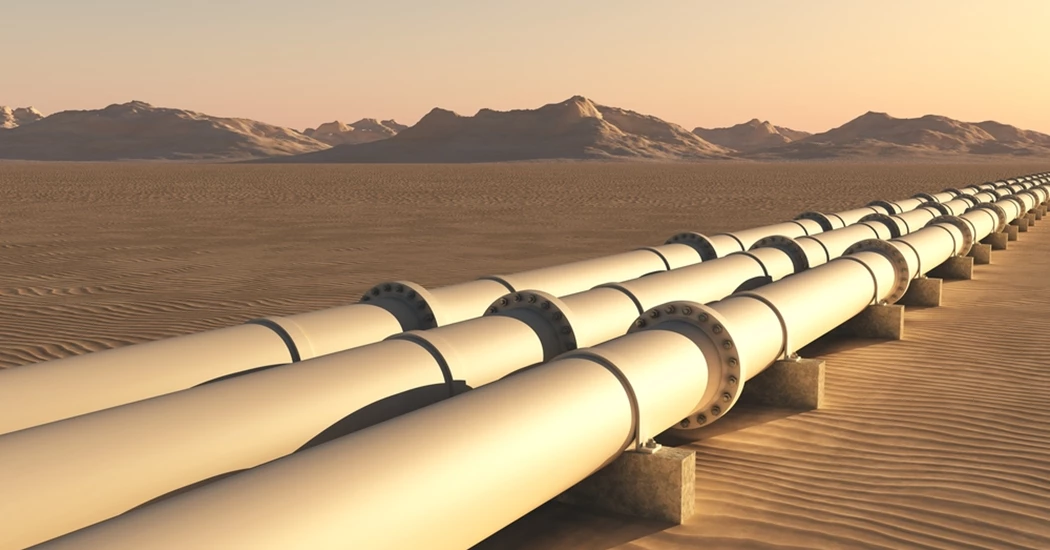New rules for gas pipelines and LNG unveiled in US
Natural gas companies seeking to build pipelines and LNG export facilities in the US will be subject to increased scrutiny over their anticipated greenhouse gas (GHG) emissions, under policy revisions announced by the US Federal Energy Regulatory Commission (FERC).
According to the agency, a project’s reasonably foreseeable GHG emissions will be based on a projection of the amount of capacity that actually will be used, the projected utilisation rate and any other factors impacting the quantification of project emissions.
“The commission is establishing a rebuttable presumption that proposed projects with 100,000 metric tons per year of carbon dioxide equivalents (CO2e) emissions will be deemed to have a significant impact on climate change,” it said in a statement.
The two new policies mark the largest change in US permission policies for interstate natural gas infrastructure since 1999, and are set to apply immediately, FERC chairman Richard Glick said, although the guidance is subject to revision based on the record developed in this proceeding.
“This will allow the Commission to evaluate and act on pending applications under section 3 and section 7 of the Natural Gas Act without undue delay and with an eye toward greater certainty and predictability for all stakeholders,” Glick said in a statement.
KEEPING THE ENERGY INDUSTRY CONNECTED
Subscribe to our newsletter and get the best of Energy Connects directly to your inbox each week.
By subscribing, you agree to the processing of your personal data by dmg events as described in the Privacy Policy.
More gas & LNG news

China May Exempt Some US Goods From Tariffs as Costs Rise

Spain Wants EU to Keep Methane Goals in Search for LNG Supplies

Booming Power Demand Means Longer Wait for GE Vernova Customers

US Widens Sanctions on Iran to Target Lucrative Gas Exports

China Stops Imports of US LNG Amid Trade War, Custom Data Shows

China’s Shipowners Seek to Continue Talks With US on Levies

EU’s Costa Says Russian LNG Phase-Out Makes Room for US Supplies

Fracker Liberty’s Profit Falls to 3-Year Low as Oil Slumps

Uniper and Woodside sign LNG supply agreements
















